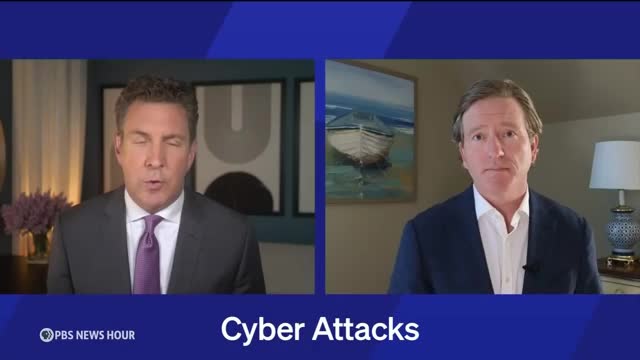Ransomware attacks surge as criminals target US businesses

This article was created by AI summarizing key points discussed. AI makes mistakes, so for full details and context, please refer to the video of the full meeting. Please report any errors so we can fix them. Report an error »

In a recent government meeting, officials discussed the alarming rise in ransomware attacks targeting businesses across the United States, emphasizing the significant financial demands placed on companies by cybercriminals. The conversation highlighted that while these attacks may not directly target critical infrastructure, they still have a profound impact on the economy and everyday consumers, particularly in sectors like automotive sales.
Experts noted that ransom demands have escalated dramatically, with figures ranging from $20 million to $30 million becoming increasingly common. This trend raises concerns about the motivations behind these attacks, which some officials believe are part of a broader geopolitical strategy, potentially linked to Russian interests aiming to destabilize the West.
The discussion also touched on the contentious issue of whether companies should pay ransoms. Officials expressed that paying these demands only serves to encourage further criminal activity, as it rewards attackers and perpetuates the cycle of ransomware incidents. The U.S. has been particularly vulnerable, with a higher rate of ransom payments compared to other regions, making it an attractive target for cybercriminals.
Addressing the root causes of these vulnerabilities, experts identified a \"three-legged stool\" of factors contributing to the rise in ransomware. These include inadequate cybersecurity measures within businesses, the exploitation of vulnerable systems, and the use of cryptocurrency by criminals to facilitate ransom payments without accountability.
To combat this growing threat, officials called for more robust responses from law enforcement and national security agencies, noting a recent uptick in efforts to address the issue. The meeting underscored the urgent need for businesses to enhance their cybersecurity practices and for government entities to take a more aggressive stance against cybercrime.
Experts noted that ransom demands have escalated dramatically, with figures ranging from $20 million to $30 million becoming increasingly common. This trend raises concerns about the motivations behind these attacks, which some officials believe are part of a broader geopolitical strategy, potentially linked to Russian interests aiming to destabilize the West.
The discussion also touched on the contentious issue of whether companies should pay ransoms. Officials expressed that paying these demands only serves to encourage further criminal activity, as it rewards attackers and perpetuates the cycle of ransomware incidents. The U.S. has been particularly vulnerable, with a higher rate of ransom payments compared to other regions, making it an attractive target for cybercriminals.
Addressing the root causes of these vulnerabilities, experts identified a \"three-legged stool\" of factors contributing to the rise in ransomware. These include inadequate cybersecurity measures within businesses, the exploitation of vulnerable systems, and the use of cryptocurrency by criminals to facilitate ransom payments without accountability.
To combat this growing threat, officials called for more robust responses from law enforcement and national security agencies, noting a recent uptick in efforts to address the issue. The meeting underscored the urgent need for businesses to enhance their cybersecurity practices and for government entities to take a more aggressive stance against cybercrime.
View full meeting
This article is based on a recent meeting—watch the full video and explore the complete transcript for deeper insights into the discussion.
View full meeting